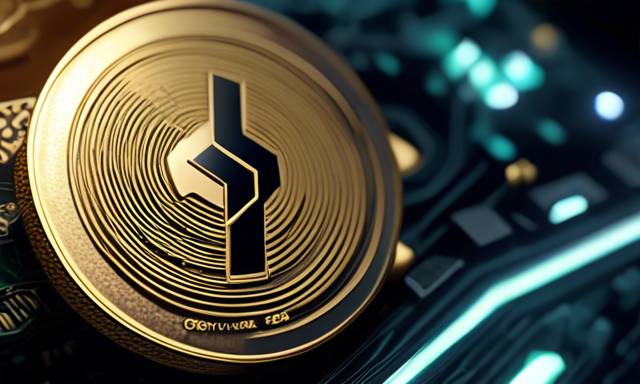Understanding the Ongoing Challenges for ASIC Miners 🚀
This year presents continued challenges for ASIC miners, as demonstrated by the evolving landscape of mining technologies. The rapid pace of advancements in mining equipment has notable implications for existing hardware, often leading to significant depreciation. According to insights from CoinShares, the effects of these changes are becoming increasingly difficult for miners to manage, raising questions surrounding their return on investment.
Progress in ASIC Technology 💡
Since 2018, mining machinery has witnessed remarkable enhancements in efficiency. A prime example is Bitmain’s newly released S21XP hydro model, which offers an efficiency rating of 13 J/TH—representing a staggering seven-fold increase compared to predecessor models. This relentless pursuit of innovation has contributed to a substantial rise in hashrate, and there appears to be no immediate sign of this trend slowing down.
The mining difficulty of Bitcoin operates as a function of the protocol, ensuring that emission timelines remain stable despite fluctuations in hashrate. Unfortunately, this characteristic leads to the rapid depreciation of older, less powerful mining units. For miners aiming to break even, this creates an uphill battle as they navigate these technological changes.
The End of Moore’s Law? 🔍
Discussions around the potential conclusion of Moore’s Law stem from the physical realities associated with miniaturizing circuits. As the components shrink to the size of just a few atoms, challenges related to heat dissipation and other limitations become more pronounced. Still, the industry has consistently found avenues to enhance the efficiency of ASIC models, keeping improvements alive.
Exploring Efficiency Enhancements 🔧
Although the size of circuitry may be nearing its constraints, smart chip design and other technological innovations present a promising path for further efficiency gains. Innovations, such as water cooling systems and revamped firmware, have enabled mining units to function at higher power levels and be fine-tuned with greater precision. These breakthroughs indicate that the commoditization of ASIC units is not on the immediate horizon.
Effects of Lower Manufacturing Costs 💰
Even if advancements in efficiency begin to decelerate, any reductions in manufacturing expenses might impose a similar effect on mining difficulty. Affordable production costs could empower new miners to offset higher bitcoin production expenditures, thereby making older, more expensive machines less viable. This situation emphasizes the need for astute depreciation management for those investing in this sector.
These hurdles may present significant risks for miners, particularly those operating with higher operational costs. Yet, it is important to note that Bitcoin itself remains largely unaffected by these challenges. Meanwhile, the broader cryptocurrency landscape continues to benefit from the relentless momentum of ASIC technology advancements, driving both innovation and competitive spirit within the sector.
Hot Take: The Future of ASIC Mining 🌟
This year highlights an ongoing arms race in ASIC mining, reflecting the necessity for miners to stay attuned to technological trends. As older models lose value quicker than anticipated capital, adaptability and strategic planning become paramount for miners navigating this pressing landscape. Ultimately, understanding these dynamics will be essential for anyone looking to thrive in the cryptocurrency mining sector.
For those interested in further insights, visit CoinShares for comprehensive information on the topic.





 By
By
 By
By
 By
By

 By
By